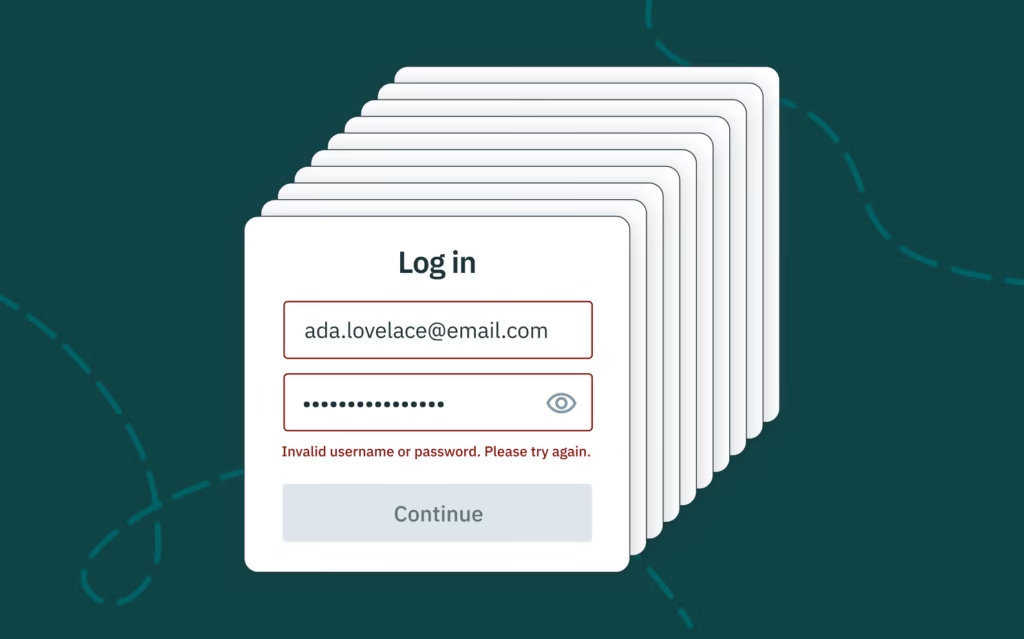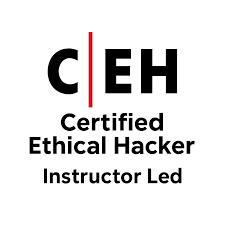Palo Alto Training – Learn Palo Alto Firewalls in 2025

Web application enumeration serves as a critical reconnaissance phase in cybersecurity, enabling threat actors to systematically map an application’s attack surface. Through techniques such as directory brute-forcing, subdomain enumeration, and API endpoint discovery, adversaries identify vulnerabilities ranging from exposed administrative interfaces to misconfigured cloud storage. As web applications dominate digital infrastructure in 2025, methodologies like GraphQL introspection abuse, S3 bucket […]

Web application enumeration serves as a critical reconnaissance phase in cybersecurity, enabling threat actors to systematically map an application’s attack surface. Through techniques such as directory brute-forcing, subdomain enumeration, and API endpoint discovery, adversaries identify vulnerabilities ranging from exposed administrative interfaces to misconfigured cloud storage. As web applications dominate digital infrastructure in 2025, methodologies like GraphQL introspection abuse, S3 bucket enumeration, and virtual host discovery are increasingly leveraged to exploit web server misconfigurations and hidden parameters. This article examines the technical intricacies of enumeration tactics, their real-world implications, and defensive strategies aligned with the OWASP Testing Guide to mitigate risks.
Web app enumeration hands attackers a blueprint by exposing entry points like admin interface discovery and backup file scanning. It’s reconnaissance on steroids—web app fingerprinting identifies frameworks, while header analysis for recon leaks server details. Techniques like fuzzing parameters and AJAX endpoint mapping unearth hidden parameter discovery, turning minor oversights into major breaches. For businesses, it risks source code disclosure or web cache poisoning probes; for defenders, it’s a call to patch virtual host discovery gaps before exploitation begins.
Enumeration provides adversaries with a systematic blueprint of a target’s digital ecosystem. By uncovering entry points such as unsecured administrative panels (admin interface discovery), legacy backup files (backup file scanning), or sensitive API endpoints (API endpoint enumeration), attackers transform minor oversights into gateways for exploitation. Advanced reconnaissance techniques—including web application fingerprinting, header analysis, and fuzzing parameters—reveal critical intelligence, such as software versions and server configurations. For organizations, unaddressed vulnerabilities risk source code disclosure, web cache poisoning, or data breaches; for defenders, this underscores the urgency of preemptive hardening against reconnaissance activities.
Modern adversaries employ a suite of tools and methodologies to dissect web applications:
/admin), enabling admin interface discovery and unauthorized access.dev.site.com), often less secured than production domains./api/v1/users), potentially leaking sensitive data via insufficient authentication.company-backups.s3.amazonaws.com), a common vector for data exfiltration.Case Study (2020): A Fortune 500 company incurred $23M in losses after attackers discovered an unsecured backup.sql file via backup file scanning, leading to full database compromise. Post-incident analysis attributed the breach to insufficient error handling and verbose server responses.
To counter reconnaissance efforts, organizations must adopt a multi-layered defense approach:
X-Powered-By) with generic alternatives..git, .bak).To equip teams with advanced defensive skills, consider these globally recognized certifications:
| Certification | Focus Area | Cost Range |
|---|---|---|
| CEH (v12) | Ethical Hacking Fundamentals | €2,000 – €2,500 |
| OSCP | Offensive Security Techniques | €2,100 – €2,500 |
| WAHS | Web App Hardening Strategies | €500 – €1,500 |
| CISSP | Enterprise Security Management | €800 – €1,200 |
| CompTIA Security+ | Foundational Security Practices | €350 – €400 |
The WAHS certification, for instance, provides specialized training in HTTP method enumeration and OWASP-aligned defenses, while OSCP emphasizes hands-on exploitation and mitigation.
Web application enumeration remains a cornerstone of modern cyber attacks, transforming subdomain discovery and server misconfigurations into breach opportunities. However, through proactive measures—obfuscating technologies, securing endpoints, and adhering to OWASP guidelines—organizations can disrupt adversarial reconnaissance. Investing in certifications such as WAHS or CISSP further empowers teams to anticipate and neutralize threats. As the digital landscape evolves, continuous education and infrastructure hardening are paramount to maintaining resilience.
For further insights, explore resources from Gartner or academic programs at institutions like the University of Rennes 1.
SecureValley Training Center offers tailored programs in cybersecurity certification training—visit SecureValley to fortify your defenses today.
Get certified with industry-leading cybersecurity certifications from EC-Council, PECB, Palo Alto Networks, and more.

Learn from world-class instructors Collaborate with top professionals Advanced training...

The CEH is the world's leading cybersecurity certification, recognized by...

Onsite training course Led by an instructor Interactive sessions

Asynchronous, self-study environment Video-streaming format Flexible learning schedule
Adding {{itemName}} to cart
Added {{itemName}} to cart

